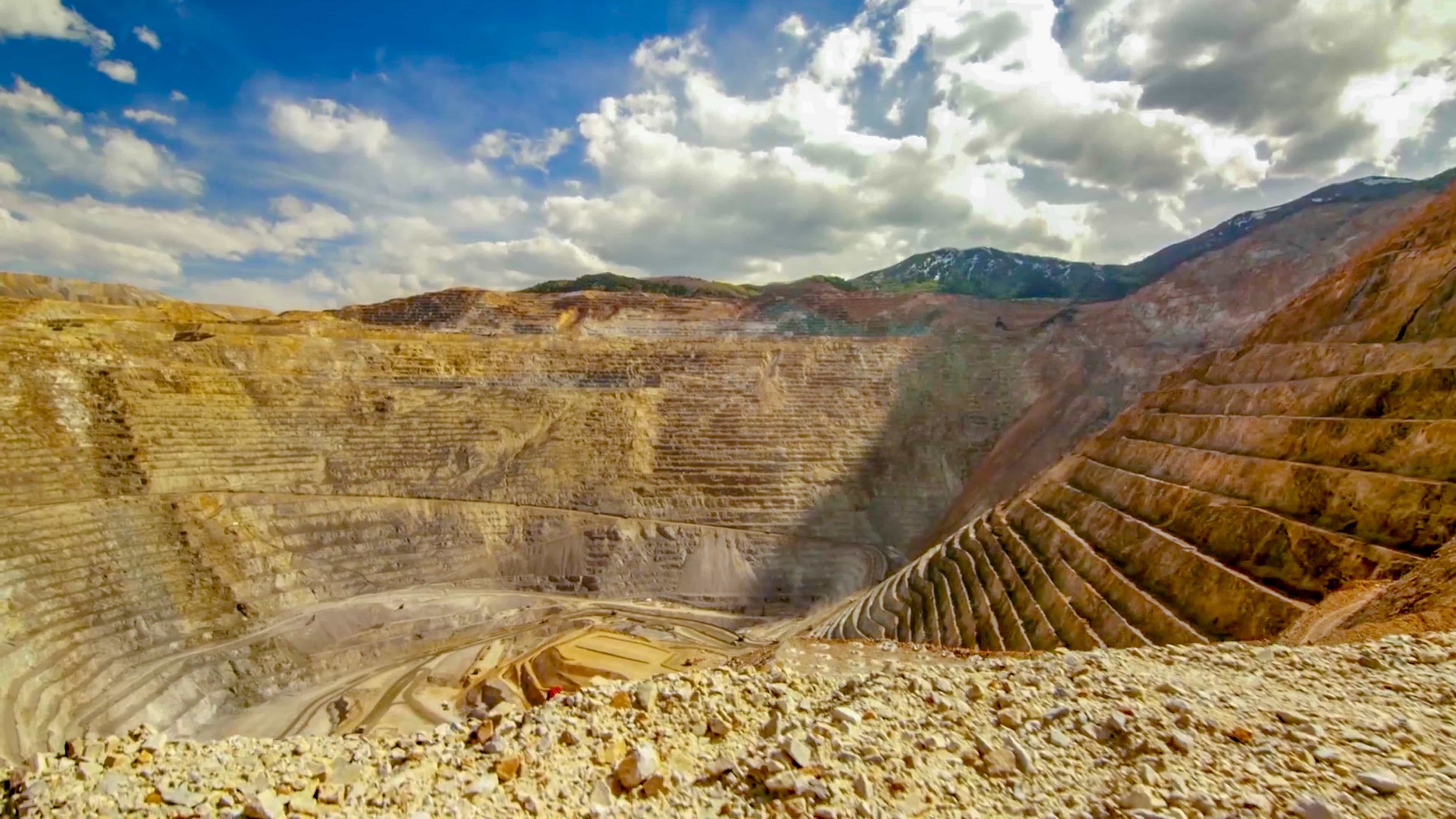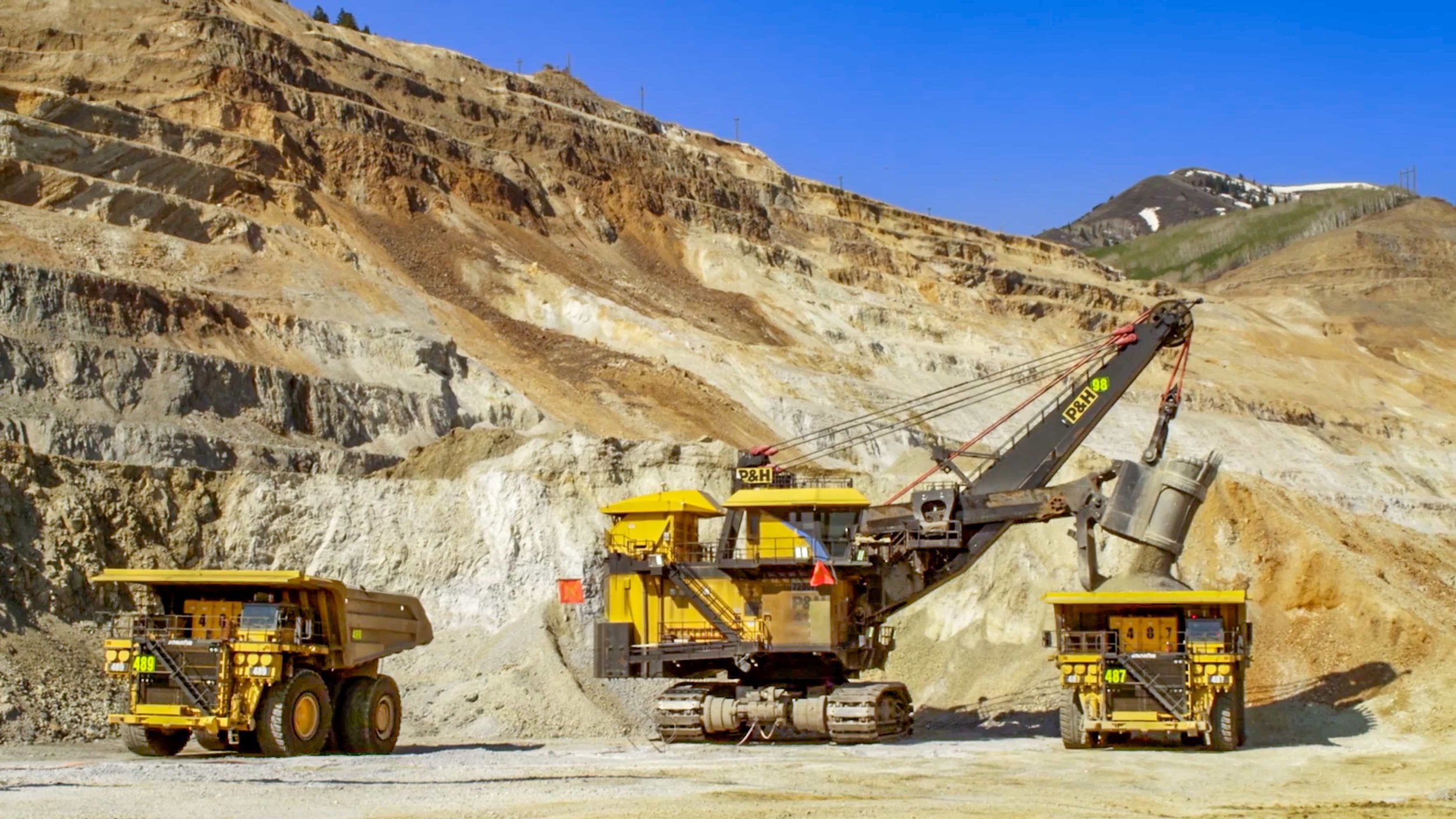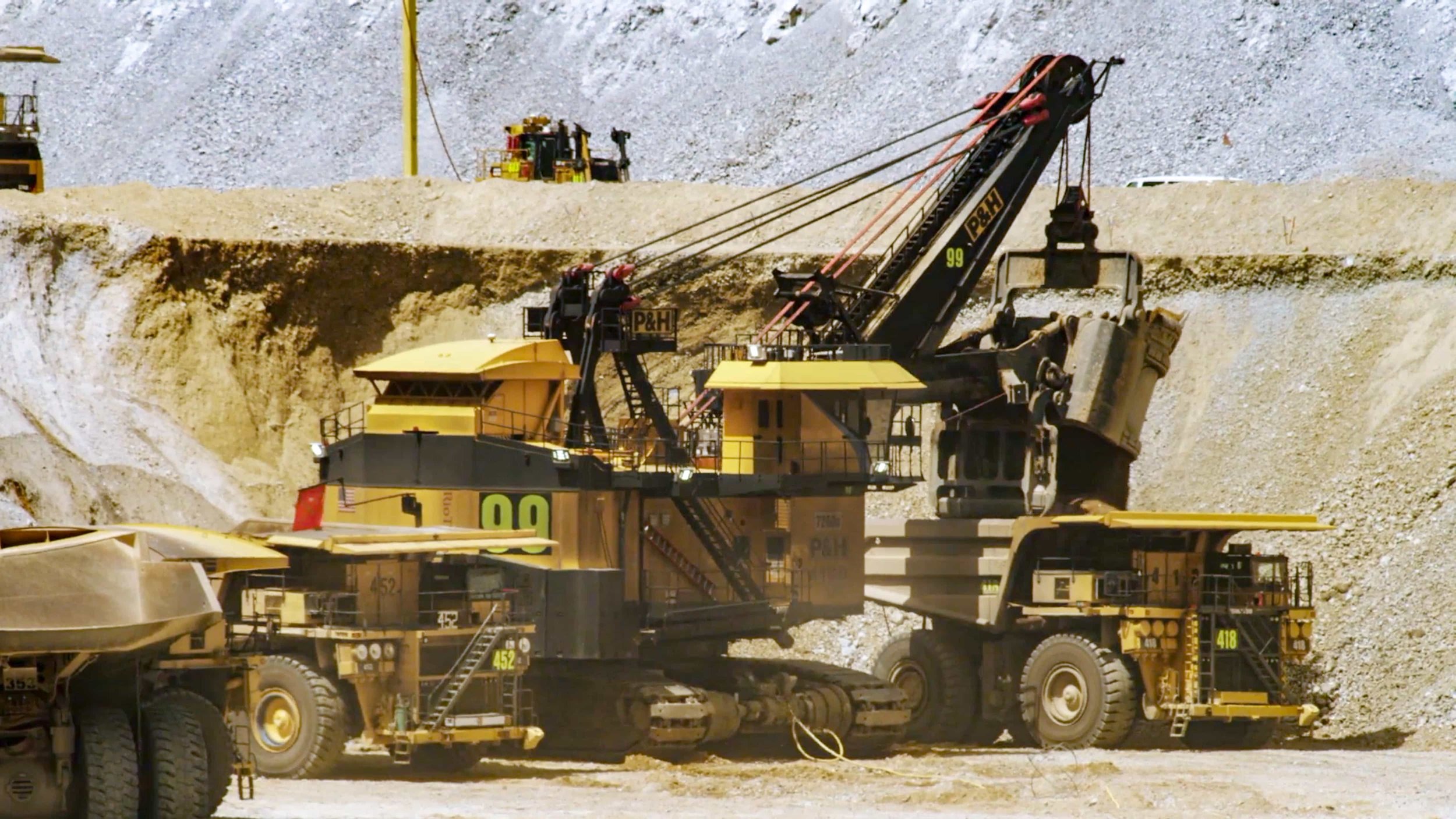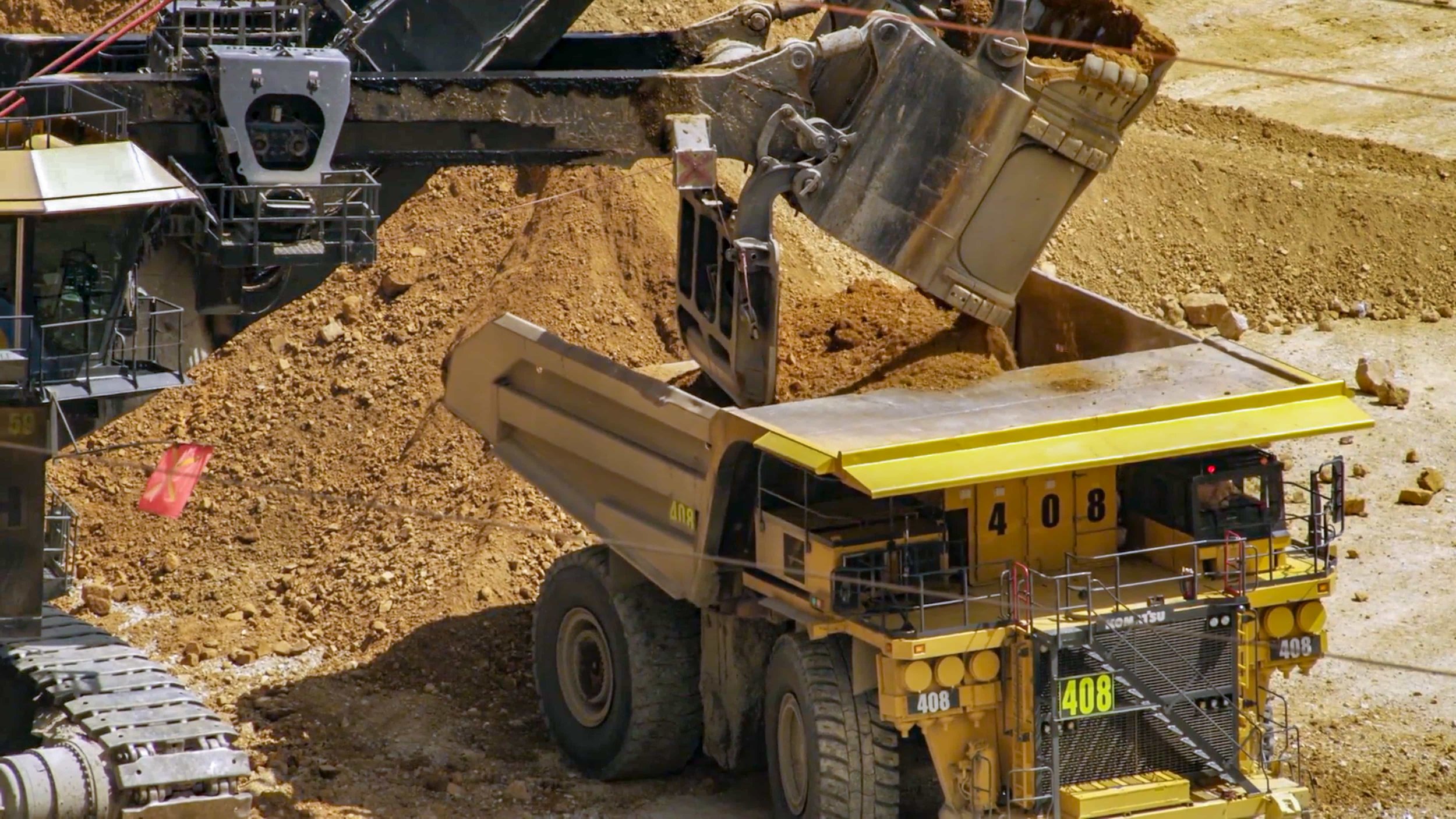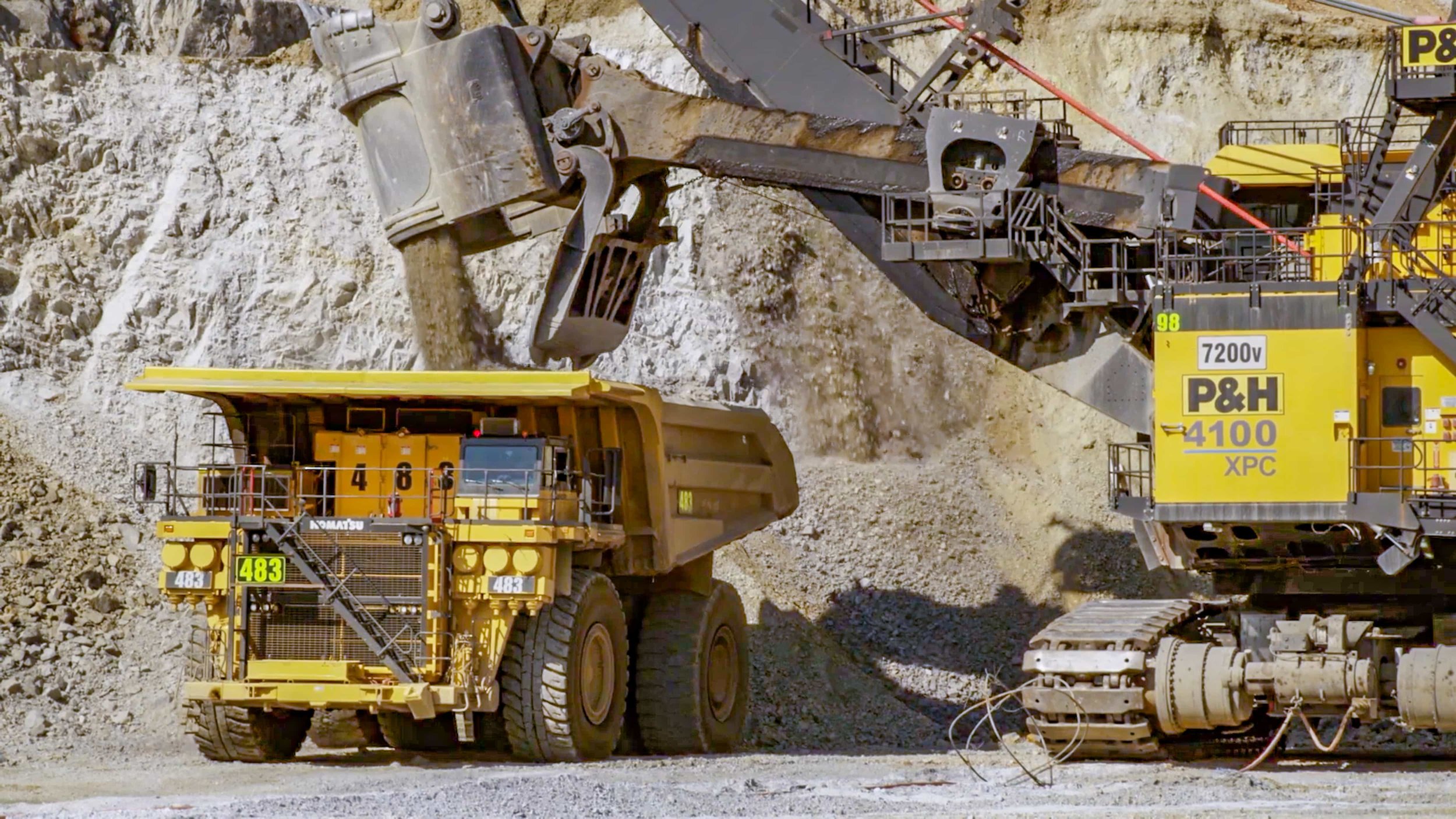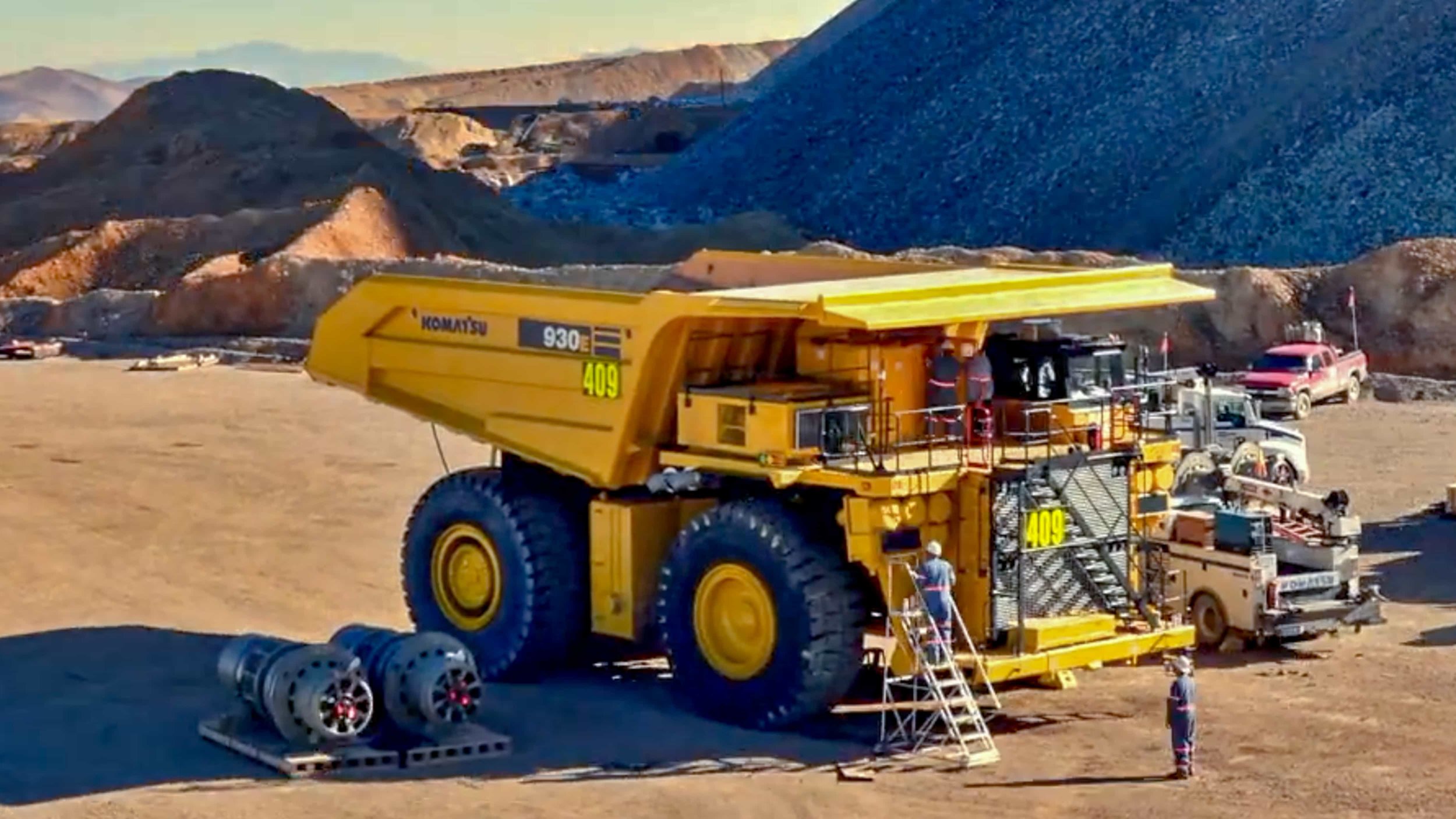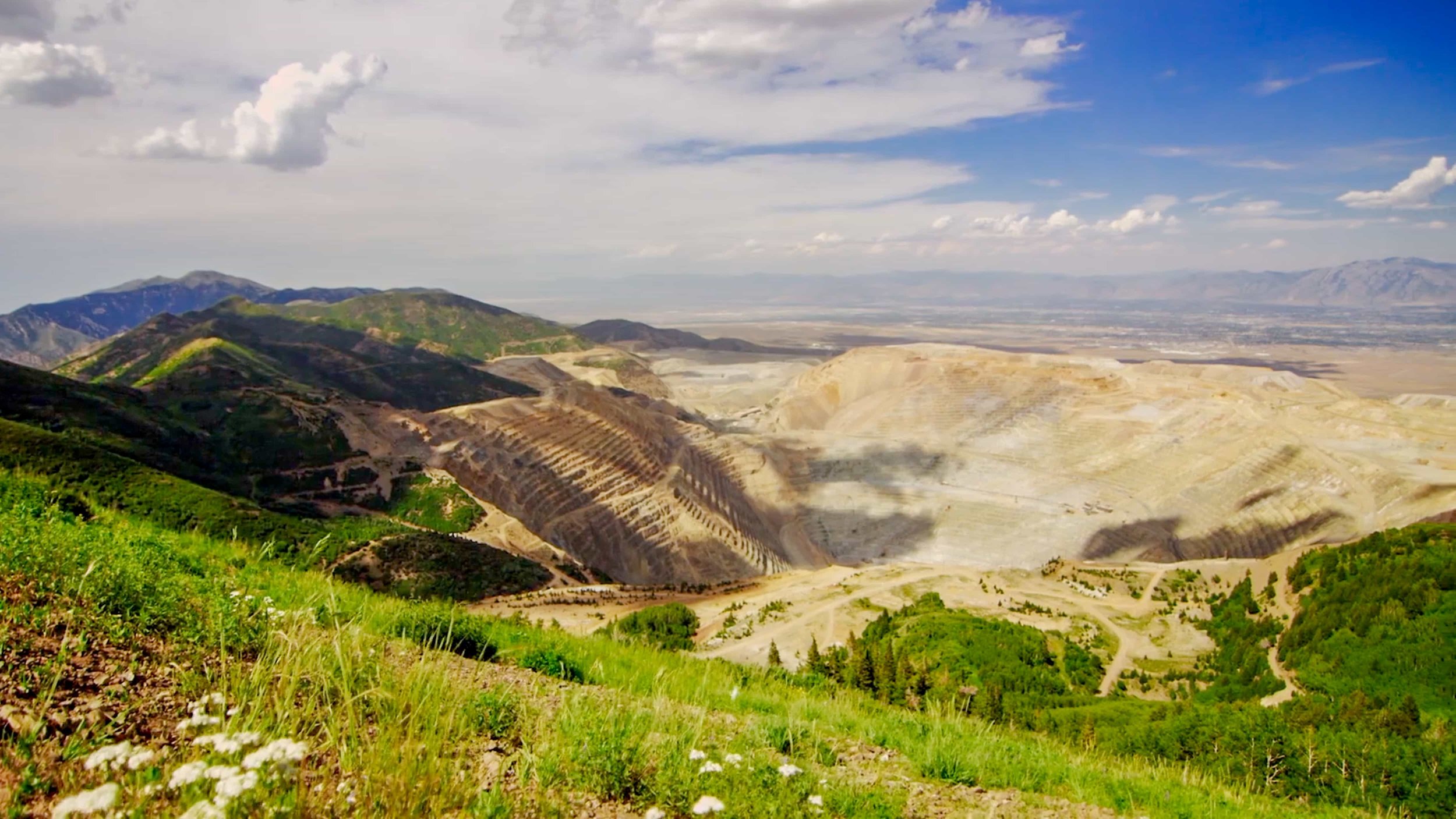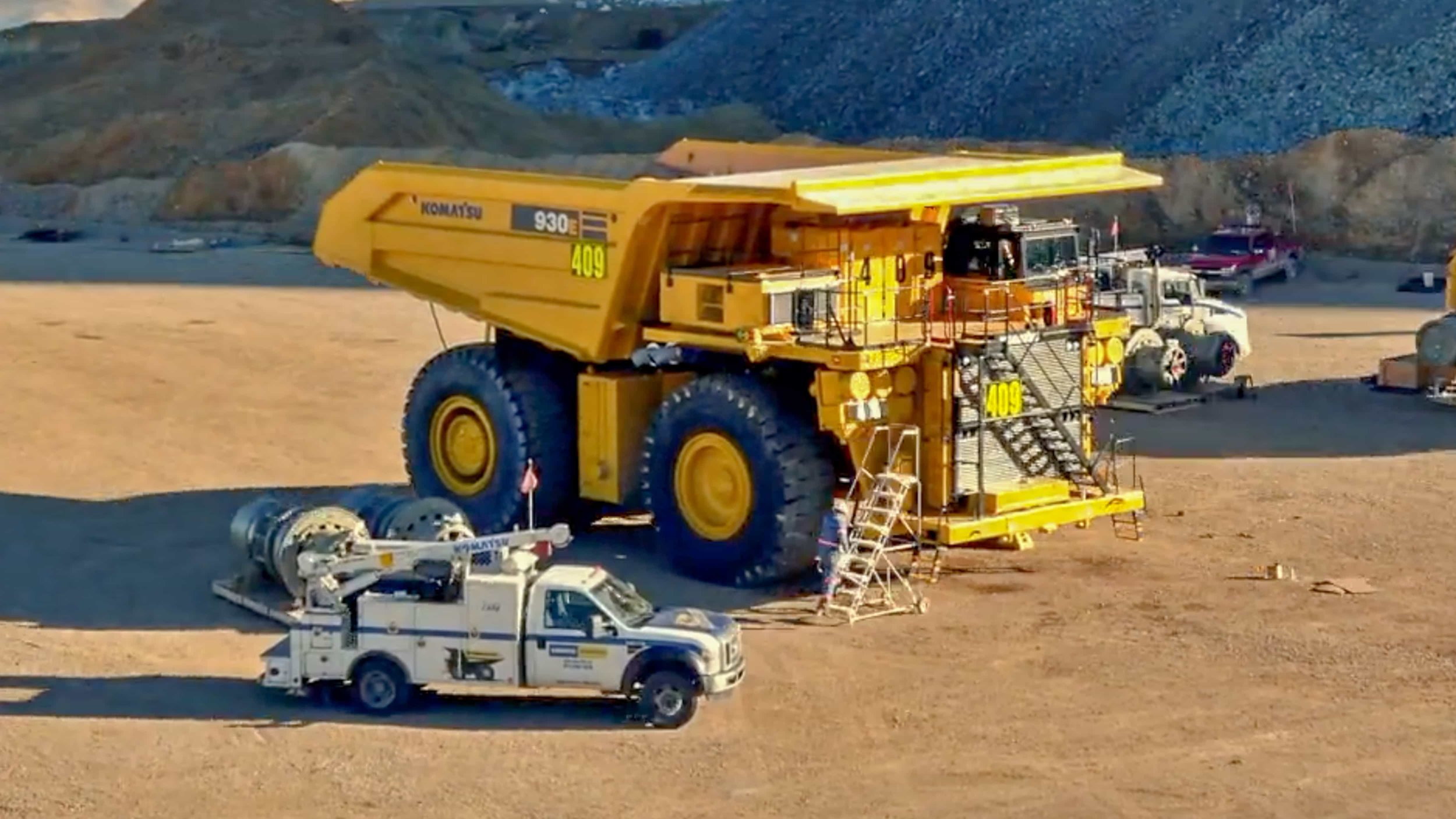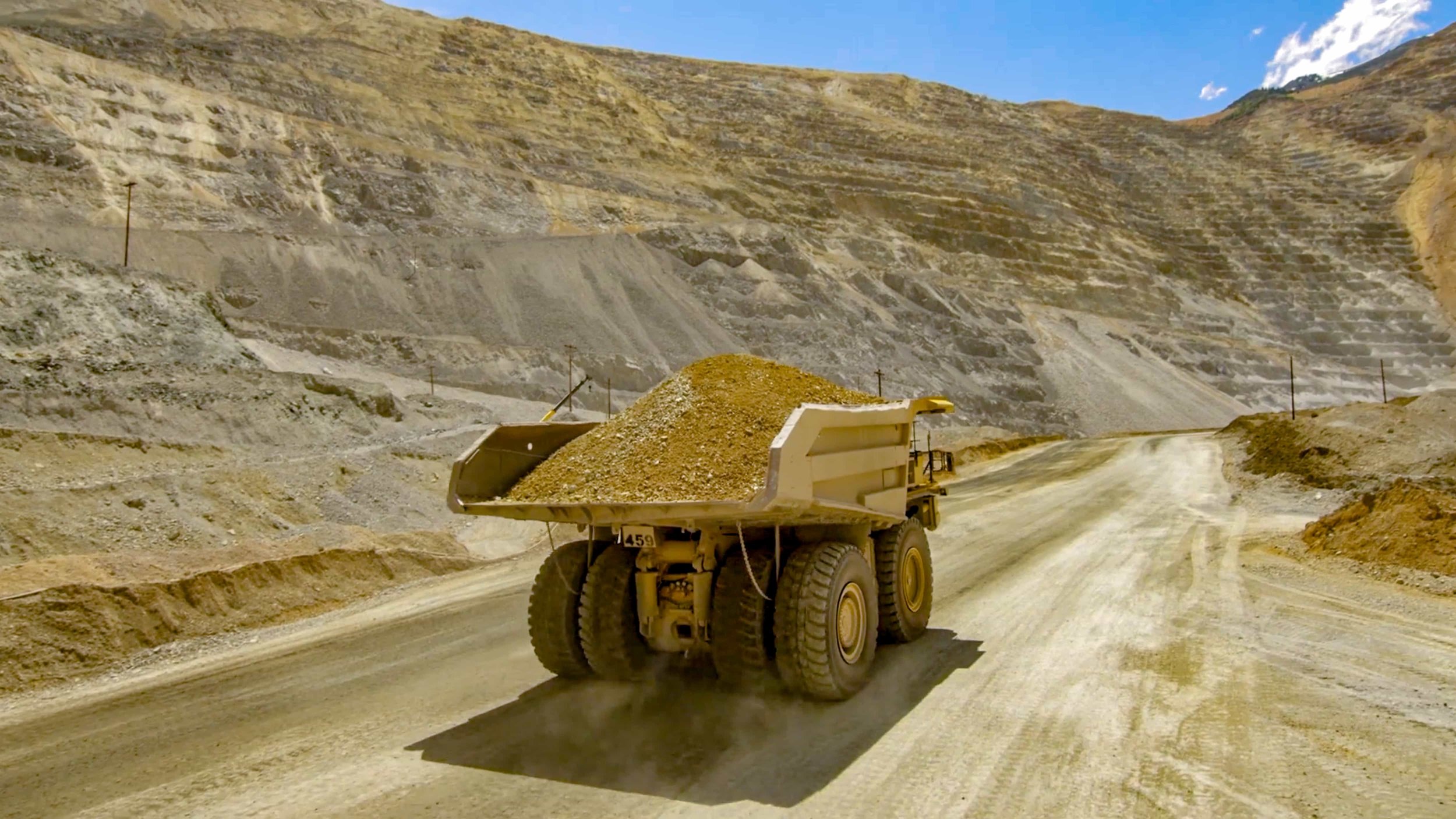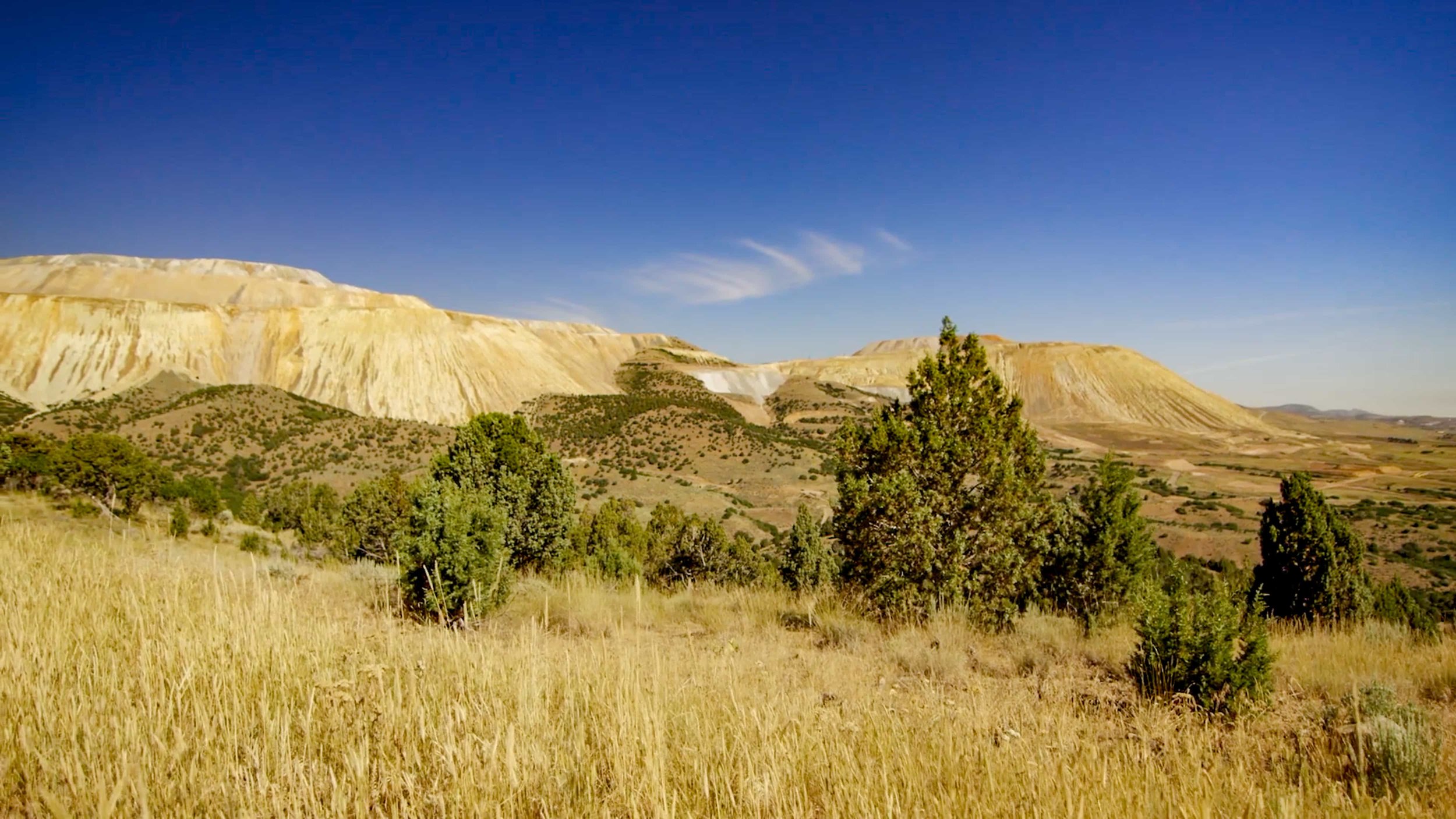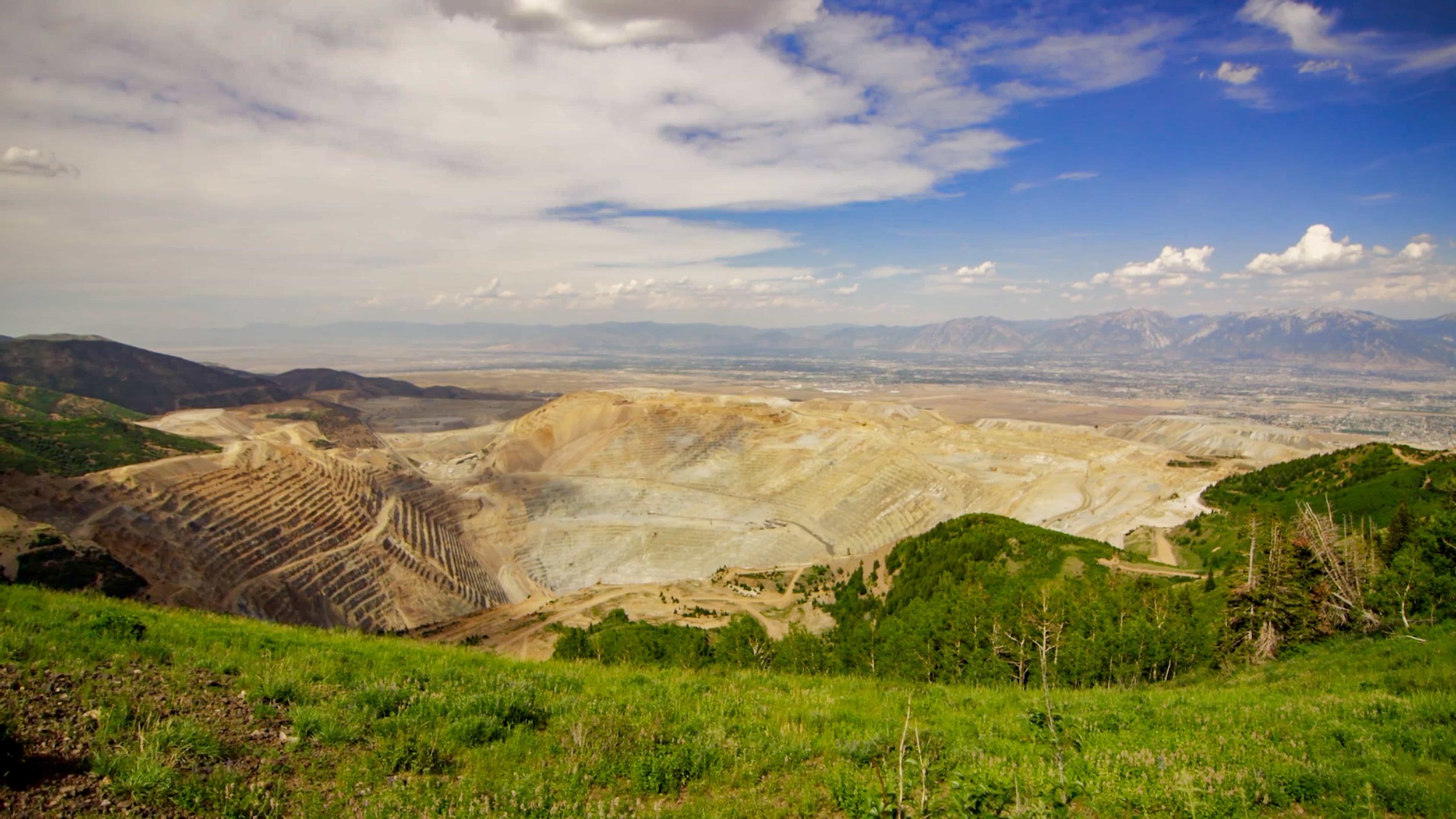Bingham Canyon Open-Pit Copper Mine
World’s Largest Man-Made Hole
The Kennecott Utah Copper Mine, also known as the Bingham Canyon Copper Mine, was the world’s first open-pit copper mine and today is the largest manmade hole on earth! Located about 25 miles southwest of Salt Lake City, Utah, the Bingham Canyon mine has operated for over a century and continues to produce copper, gold, silver and other valuable minerals.
“The Richest Hole on Earth”
The Bingham Canyon Mine, situated in the Rocky Mountains about 25 miles from Salt Lake City, has produced more copper than any mine in world history, enough to rewire every home, apartment and car in North America. In addition to copper, the Bingham Canyon Mine is rich with gold, silver, and other precious minerals.
Gold in Bingham Canyon was discovered by a pair of Utah pioneers named Thomas and Sanford Bingham in 1848. Salt Lake City had been settled a year earlier and under the direction of Brigham Young the Bingham brothers took horses and cattle to the canyon to establish a ranch. Upon discovering gold and other valuable minerals, the Bingham brothers became excited over the prospect of a gold rush. Brigham Young, however, discouraged the mining efforts in favor of building an agricultural society. The Bingham brothers soon left Bingham Canyon and the gold was soon forgotten. Later the pioneers found value in logging and a sawmill was established by Archibald Gardner nearby. Much of the timber used to construct the roof of the Salt Lake Tabernacle at Temple Square (home to the world-famous Tabernacle Choir) came from Bingham Canyon.
COPPER DISCOVERED, DISCARDED
By the 1860’s, a Pony Express rider named John Lowder discovered ore in a canyon stream. After having the ore tested, it was found to be copper, at which point he reported said, “If it is just copper, it is of no use to me,” and abandoned hope for a mining venture. Copper was not yet considered a valuable metal until the turn of the century when its use in electrical applications became common.
GOLD AND SILVER
Another group new to the Utah territory established themselves in Salt Lake City in the 1860’s, United States Army troops under the direction of General Patrick Connor on assignment from President Abraham Lincoln to guard the gold and silver traveling the Overland Mail and Telegraph route through Utah. Important to the Union effort in the Civil War, gold and silver being transported back east was in danger of attacks by Native American Indians in Utah, so it was General Connor’s responsibility to establish Fort Douglas and secure the route. Instead, Connor became preoccupied with antagonizing Brigham Young and the Mormon pioneers who had recently settled the area, and saw mining as an opportunity to attract non-Mormons to the territory to dilute the influence of Brigham Young. These soldiers coincidentally came from California and were veterans of the recent California Gold Rush. They founded Utah’s first mining company and mining district and launched the mining efforts in Bingham Canyon. Thus General Patrick Connor became “the Father of Utah Mining.” Gold and silver deposits were advertised by Connor to attract miners, however most laborers produced barely enough to earn them a meager living.
WORLD’S FIRST OPEN-PIT COPPER MINE
Lead and silver became the main minerals extracted from Bingham Canyon by the late 1800’s and nobody ever dreamed that it would become famous for copper. By the 1900’s America was undergoing an electrification that demanded copper, the metal that conducts electricity better than any other except silver. Enos Wall bought up and consolidated old claims in Bingham Canyon with no competition, as everyone derided him as a fool and calls his plots “Wall’s Rocks.” Under his employ, a young mining engineer named Daniel Jackling, who would later become a legend in copper mining history, believed that the low-grade 2% copper ore of Bingham Canyon could turn a profit if it was mined in large quantities using the open-pit process. Fellow engineers though the concept was a terrible idea that could never be profitable, but Daniel Jackling invested heavily and helped form the Utah Copper Company and in 1906 the world’s first open-pit copper mine was born. The days of the individual prospector had ended as large copper mining companies bought the small claims and consolidated. Within a few decades the Utah Copper Company became one of the nation’s top copper producers and Jackling became “the Father of Utah Copper Mining.”
A flood of laborers from all over the world poured into Bingham, Utah, making it one of the most ethnically diverse cities in America. Over forty nationalities were found within the Bingham Canyon Mine, and over 40 languages spoken among the 20,000 workers by the 1930’s. Many worked seven days a week and twelve hours a day in the mine, then returned to their company-owned housing and shopped at company-owned stores within the mine.
KENNECOTT UTAH COPPER
A mining company originally from Alaska, Kennecott Copper Corporation owned a quarter interest of Utah Copper Company and by 1947 it became wholly owned by Kennecott Copper. Under Kennecott the copper mine rail system became the world’s largest industrial railroad and supplied one-third of all the copper used by the Allies in World War II. Rapid growth in the 1960’s and 1970’s caused the size of the copper mine pit to grow to a diameter of 2.5 miles! Massive haul trucks replaced the railway system to transport rock within the mine.
A DIVISION OF STANDARD OIL AND BRITISH PETROLEUM
In the 1980’s the copper industry experienced a decline and Kennecott was sold to Standard Oil. In 1985 the mine closed for two years due to historic lows in copper prices. British Petroleum, or BP, acquired Standard Oil and Kennecott along with it. It turned out that oil exploration and metals mining were not as compatible as they thought, so Kennecott was sold to British mining giant Rio Tinto in 1989 and renamed it Kennecott Utah Copper. Operations were modernized and included a crushing machine inside the pit that stood over ten stories tall! Modernization efforts also created the world’s cleanest copper smelter, which captures 99.9% of all sulfur dioxide gas emissions, while the smelting tower stands 1,215 feet — the height of the Empire State Building in New York City, making it the tallest freestanding structure west of Mississippi River!
LARGEST MAN-MADE HOLE ON EARTH
By the 2000’s, the Bingham Canyon Copper Mine operated by Kennecott Utah Copper had become the largest man-made hole or excavation on Earth, approaching one mile in depth and three miles in width. The copper mine became so large that it’s visible from space. The bottom of the pit is around 4,000 feet in elevation and copper ore is known to exist all the way down to sea-level. Over 110 years of open-pit copper mining has created this spectacular sight, with over 500 miles of dirt road spiraling from top to bottom, and it still has many years of operation left.



